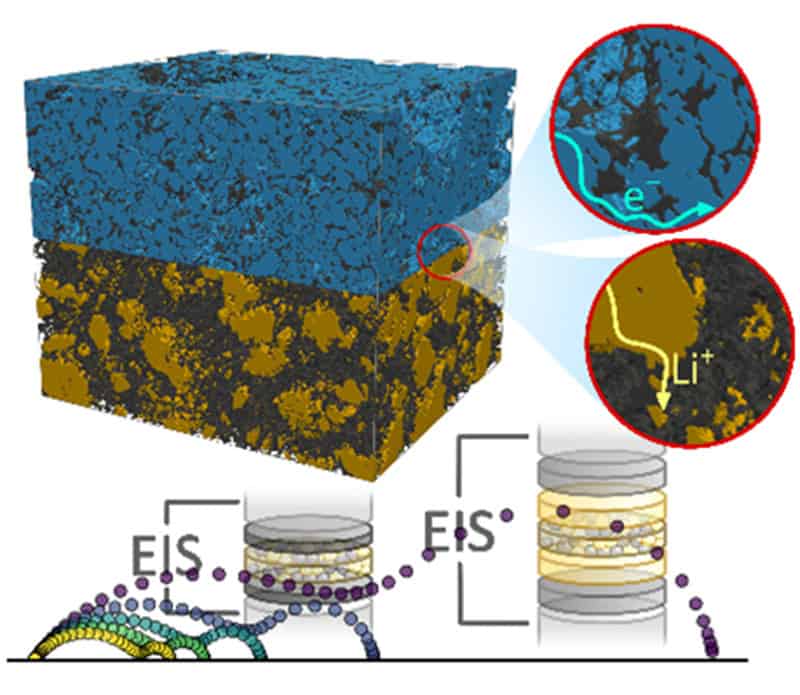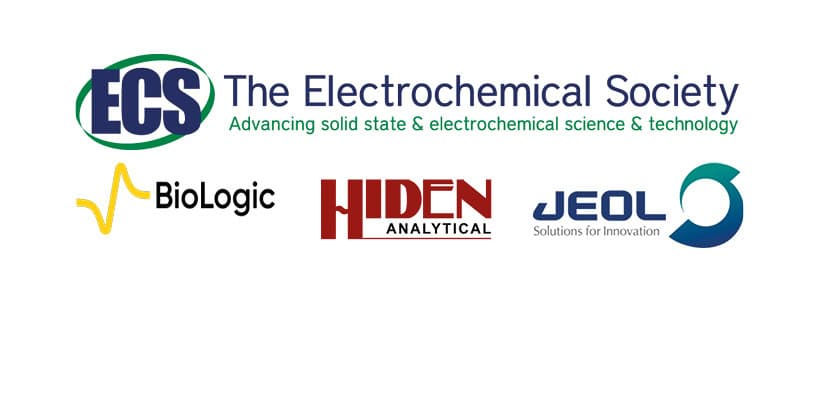 Solid-state batteries are considered next-generation energy storage technology as they promise higher energy density and safety than lithium-ion batteries with a liquid electrolyte. However, major obstacles for commercialization are the requirement of high stack pressures as well as insufficient power density. Both aspects are closely related to limitations of charge transport within the composite cathode.
Solid-state batteries are considered next-generation energy storage technology as they promise higher energy density and safety than lithium-ion batteries with a liquid electrolyte. However, major obstacles for commercialization are the requirement of high stack pressures as well as insufficient power density. Both aspects are closely related to limitations of charge transport within the composite cathode.
This webinar presents an introduction on how to use electrochemical impedance spectroscopy for the investigation of composite cathode microstructures to identify kinetic bottlenecks. Effective conductivities can be obtained using transmission line models and be used to evaluate the main factors limiting electronic and ionic charge transport.
In combination with high-resolution 3D imaging techniques and electrochemical cell cycling, the crucial role of the cathode microstructure can be revealed, relevant factors influencing the cathode performance identified, and optimization strategies for improved cathode performance.

Philip Minnmann received his M.Sc. in Material from RWTH Aachen University. He later joined Prof. Jürgen Janek’s group at JLU Giessen as part of the BMBF Cluster of Competence for Solid-State Batteries FestBatt. During his Ph.D., he worked on composite cathode characterization for sulfide-based solid-state batteries, as well as processing scalable, slurry-based solid-state batteries. Since 2023, he has been a project manager for high-throughput battery material research at HTE GmbH.

Johannes Schubert holds an M.Sc. in Material Science from the Justus-Liebig University Giessen, Germany. He is currently a Ph.D. student in the research group of Prof. Jürgen Janek in Giessen, where he is part of the BMBF Competence Cluster for Solid-State Batteries FestBatt. His main research focuses on characterization and optimization of composite cathodes with sulfide-based solid electrolytes.

The post How cathode microstructure impacts solid-state batteries appeared first on Physics World.
